Hardwood Floor Installers
Fill in your details below - we'll reach out to schedule a free quote!
We will get back to you as soon as possible
Please try again later
Local Hardwood Floor Installers
At JD Flooring, we take pride in our workmanship and experience.
Our team of local flooring contractors is dedicated to providing the best possible service to our customers.
We specialize in hardwood floor installation, and we have a wide range of experience in installing all types of flooring.
We are committed to providing the highest quality products and services to our customers.
Contact us today to schedule a free consultation, and see how we can help you transform your home.
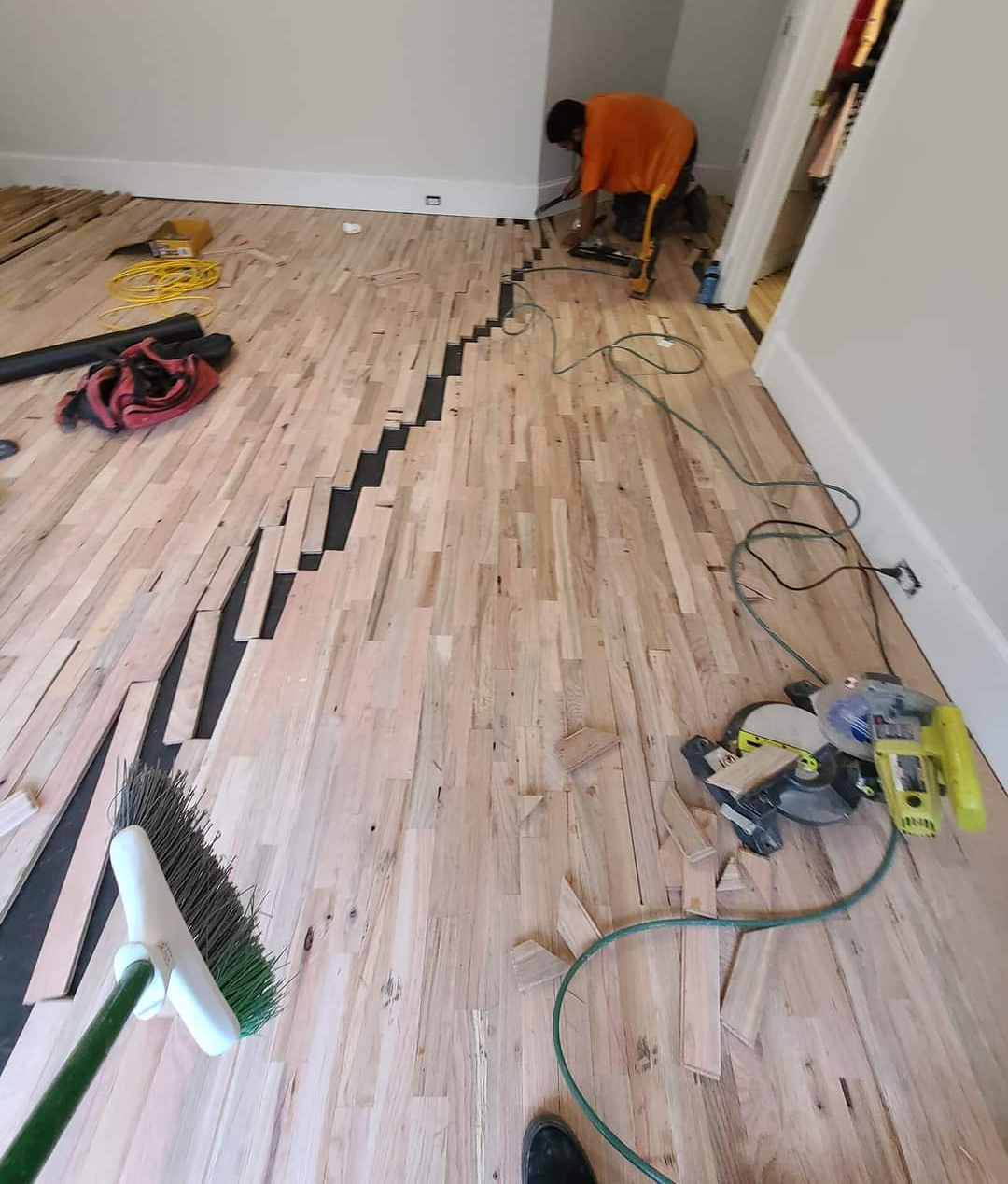
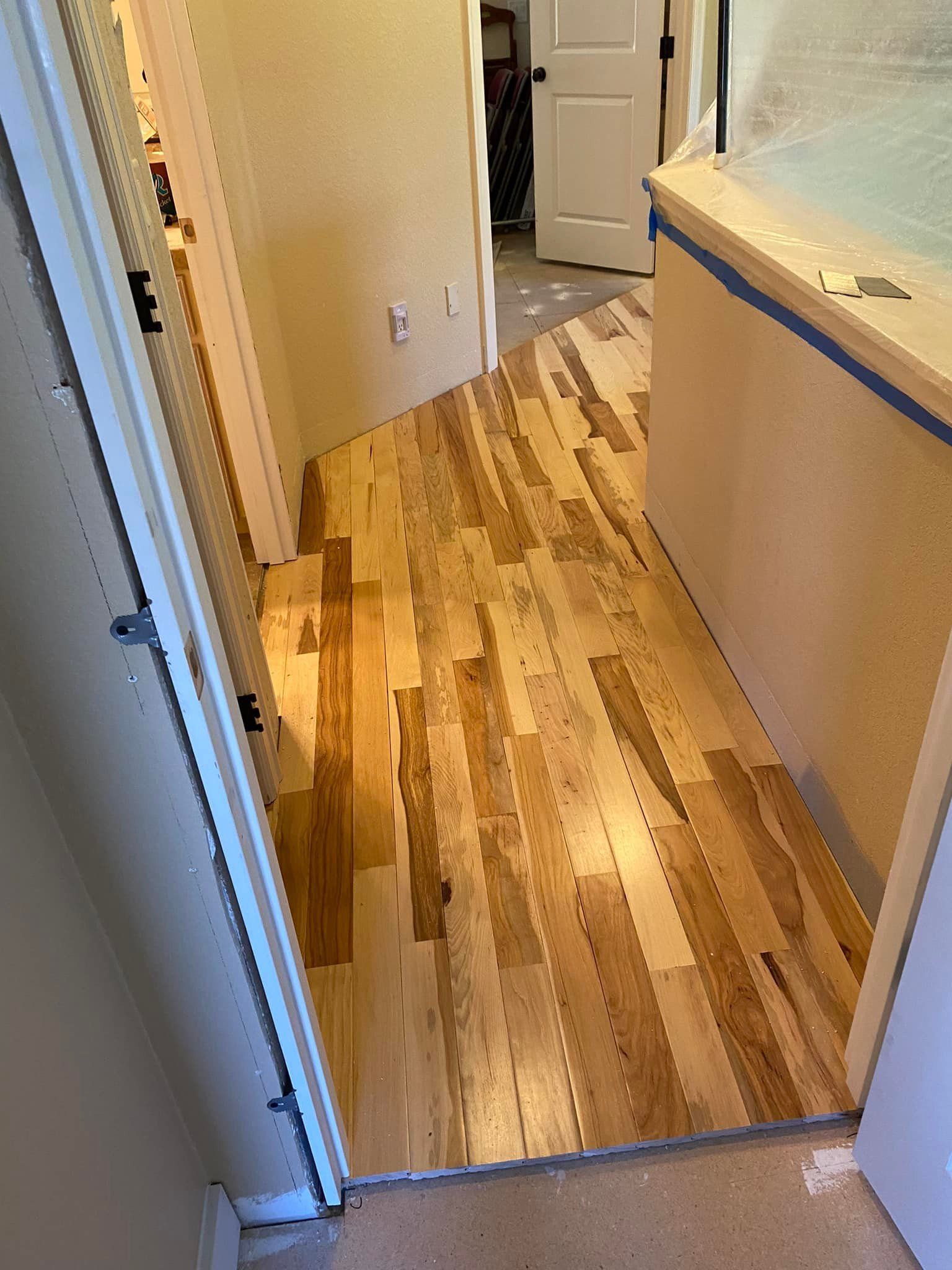
Hardwood Floor Installation Contractors
At JD Flooring, we understand that your hardwood floors are a major investment in your home.
That's why we only work with experienced and licensed contractors who can provide the highest quality of workmanship.
We also make sure that all of our contractors are fully insured, so you can have peace of mind knowing that your investment is protected.
With JD Flooring, you can be confident that your hardwood floors will be installed correctly, and they will look beautiful for years to come.
We'll be happy to answer any questions you have and help you choose the perfect hardwood floors for your home.
What are Hardwood Floors?
Hardwood floors are a type of flooring made from real wood. The boards are typically cut from hardwoods, such as oak or maple.
Softwoods, such as pine, can also be used. Hardwood floors are available in a variety of colors and finishes, and they can be either pre-finished or unfinished.
One of the biggest benefits of hardwood floors is their durability. They're able to withstand heavy traffic and resist scratches and dents.
In addition, hardwood floors can be refinished multiple times over their lifetime, giving them a long lifespan. Another benefit of hardwood floors is their beauty.
Wood is a natural material that adds warmth and character to any home. Hardwood floors can also increase the value of your home.
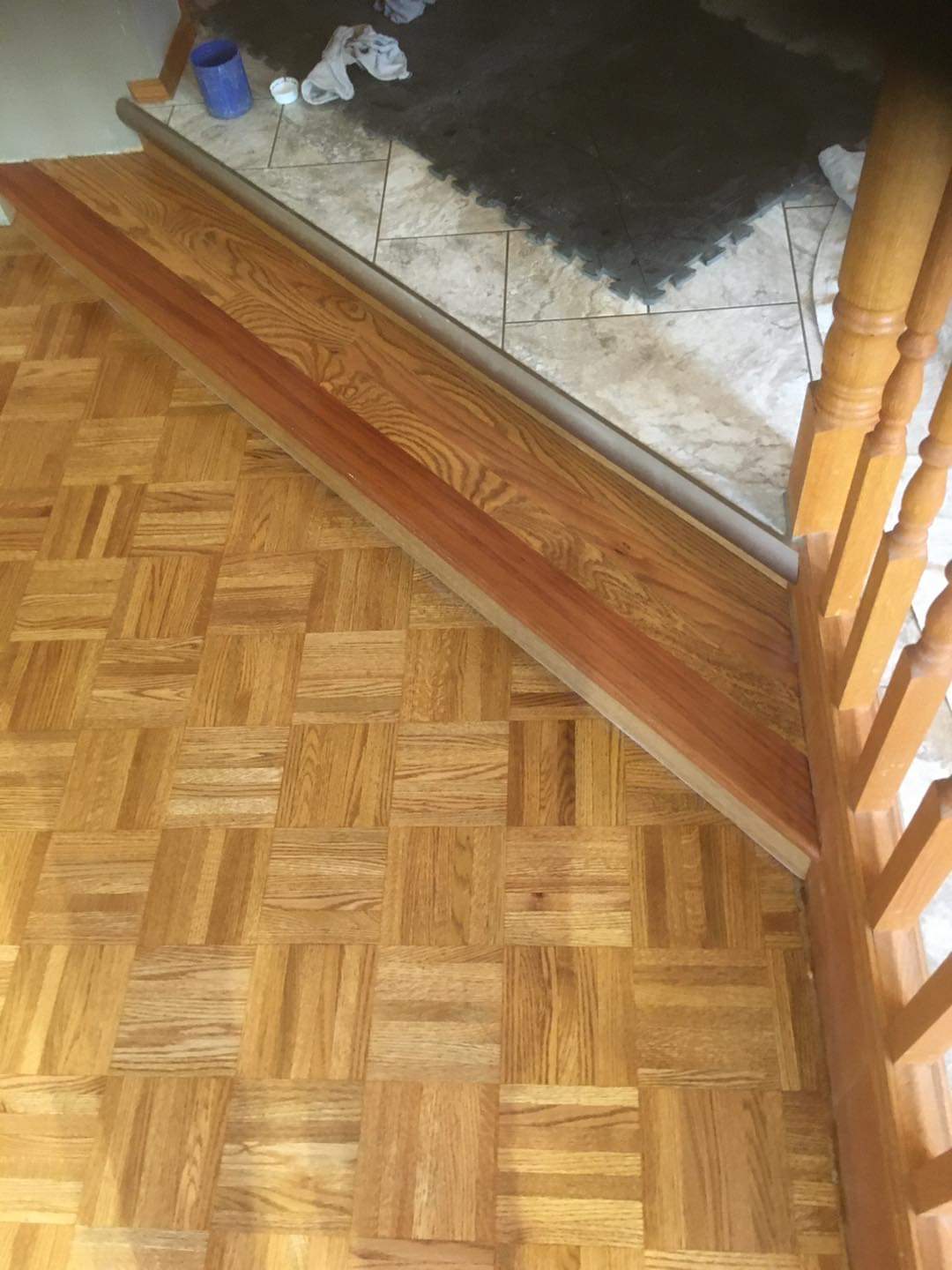

Types of Wood Flooring
There are three main types of wood flooring available on the market today:
- solid hardwood,
- engineered wood and
- prefinished hardwood.
Solid hardwood floors are made from 100% real wood, and they can be sanded and refinished multiple times over the years.
Engineered wood floors are made with a plywood or HDF core, and they have a real wood veneer on the surface.
Pre-finished hardwood floors come with a factory-applied finish, and they can’t be sanded or refinished.
Each type of flooring has its own advantages and disadvantages, so it’s important to choose the one that best suits your needs.
Solid Hardwood Floors
Solid hardwood floors are beautiful and durable, and they can increase the value of your home.
For a natural look and feel, hardwood floors are an excellent choice. There are a wide variety of types, colors and finishes of hardwoods.
It has been the go-to choice for luxurious, handcrafted homes for hundreds of years. However, there are also some drawbacks to consider before you install hardwood floors.
One of the biggest issues is cost. Solid hardwood floors are more expensive than other types of flooring, and they can be difficult to install.
In addition, hardwood floors are susceptible to scratches and dings, and they require regular maintenance.
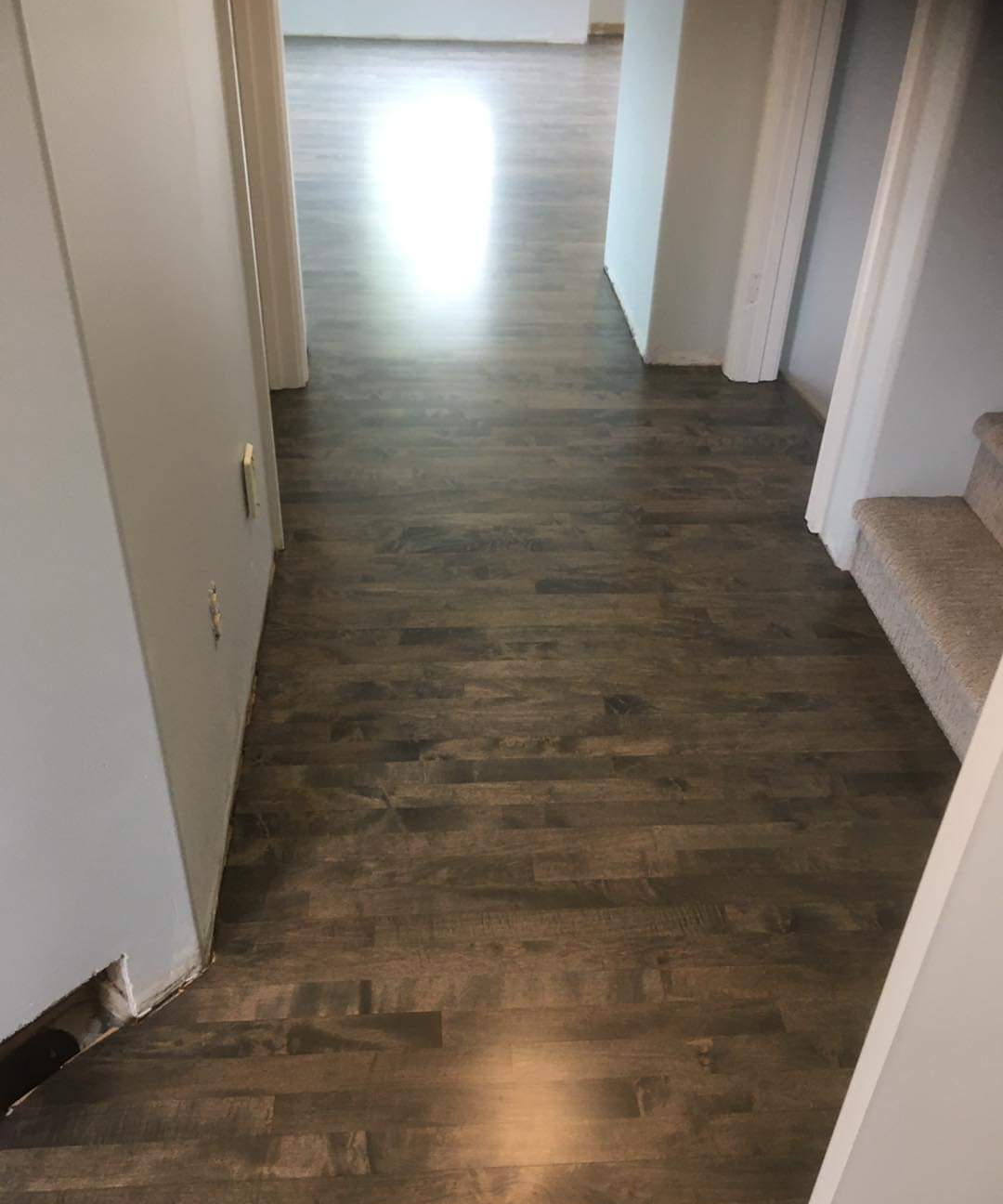
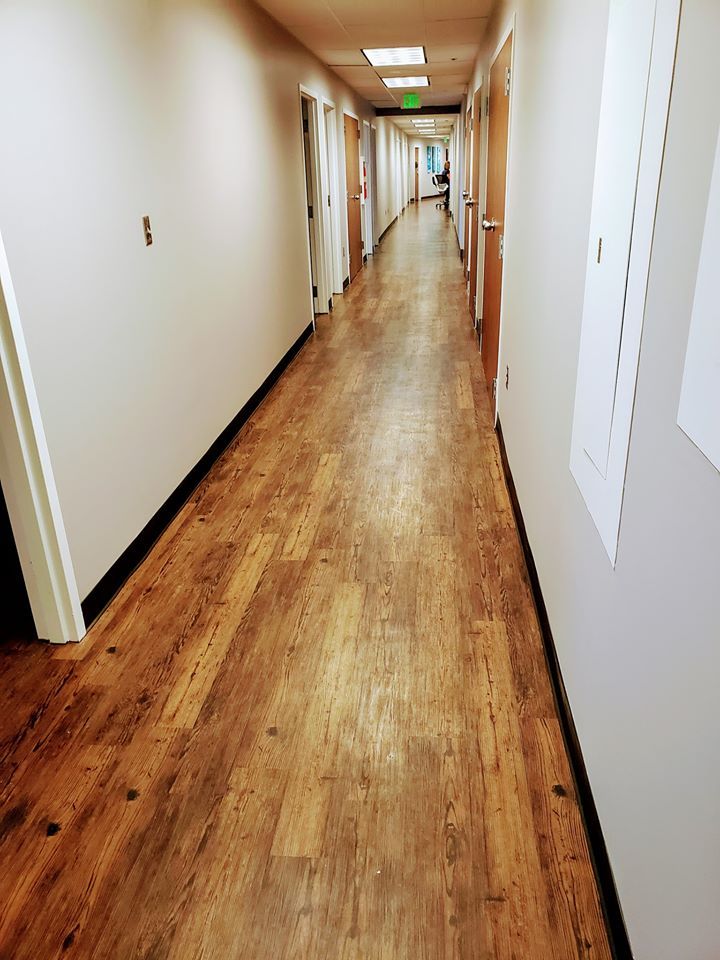
Engineered Wood Floors
Engineered wood floors are becoming increasingly popular, but there are both benefits and drawbacks to installing them.
One of the major benefits is that engineered wood floors are more stable than solid wood floors, meaning they are less likely to warp or cup over time.
Engineered wood floors are also less likely to shrink or expand in response to changes in humidity, making them ideal for rooms that experience high levels of moisture.
However, engineered wood floors can be more delicate than solid wood floors, and they may be scratched or dented more easily.
In addition, engineered wood floors typically cannot be sanded and refinished as many times as solid wood floors.
Prefinished Hardwood Flooring
There are a few things to consider before deciding whether or not to install prefinished hardwood floors.
The main benefit of prefinished floors is that they're much easier to install than traditional hardwood floors. Because the finish is already applied, there's no need to sand and refinish the floors after they're installed.
In most cases, prefinished floors can be refinished once or twice. However, it's important to keep in mind that the more times you refinish the floors, the thinner the boards will become.
In addition, prefinished hardwood floors may be more difficult to repair than traditional hardwood floors.
While the price of solid hardwood floors varies depending on the type of wood, prefinished hardwood floors are generally more expensive.
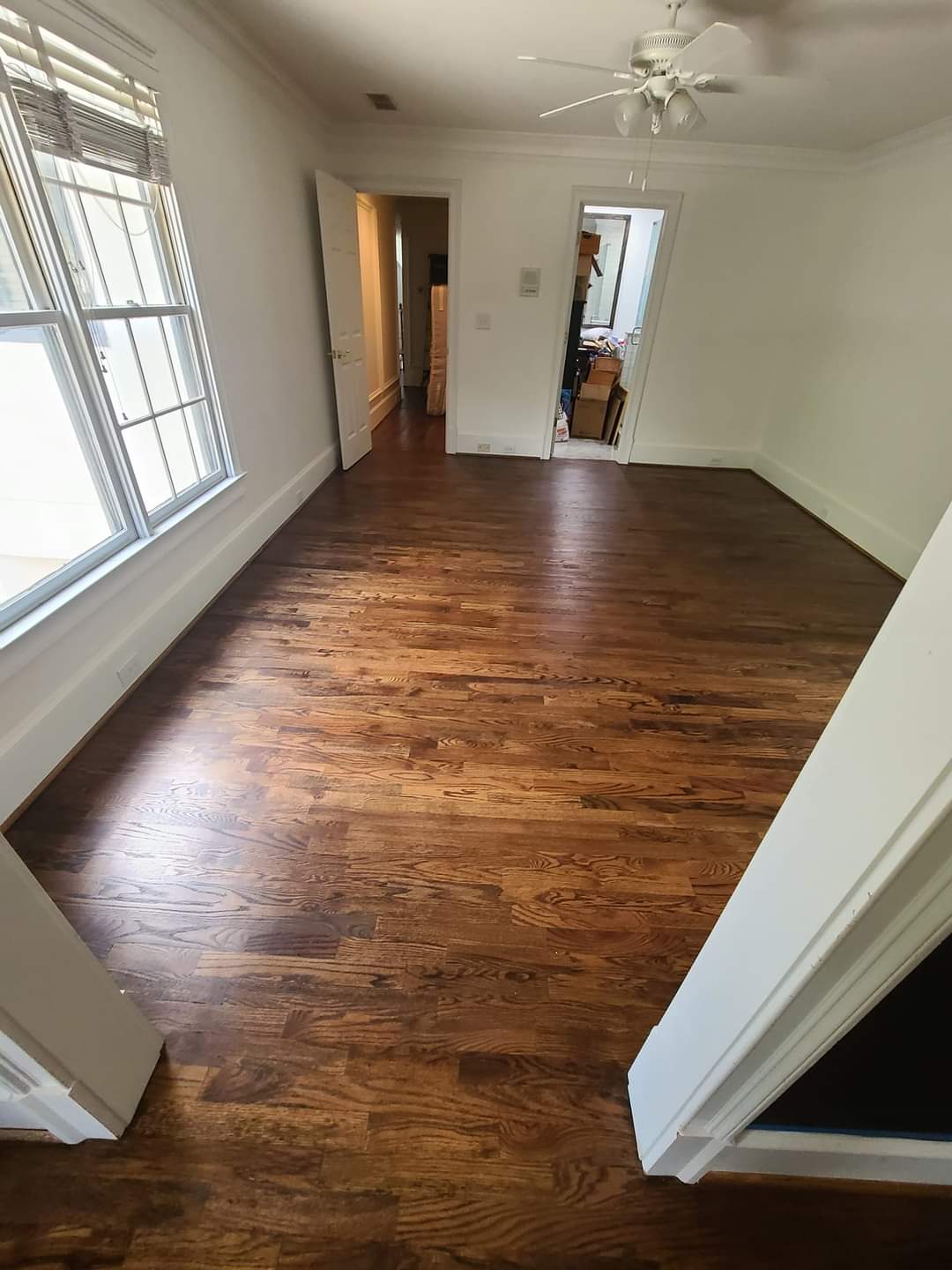

Benefits of Wood Flooring
Wood flooring is a popular choice for many homeowners, and it comes with a variety of benefits.
First of all, wood is a durable material that can last for decades with proper care.
Additionally, wood is easy to keep clean and maintain, and it can be refinished if it starts to show signs of wear. Wood floors also have a classic look that can complement any style of decor.
Furthermore, wood is a natural insulator, so it can help to keep your home warm in the winter and cool in the summer. Finally, choosing wood flooring may also increase the value of your home.
With all of these benefits, it's no wonder that wood flooring remains a popular choice among homeowners.
Wood Flooring Installation Process
The installation of hardwood floors is a significant investment that can add beauty and value to your home.
There's a specific and detailed process we follow in the installation of your hardwood flooring.
We'll go over it in some detail in this section.
Choose Your Flooring
Before you can enjoy the benefits of hardwood flooring, you need to take the time to select the right product for your home.
The first step in the selection process is to decide what type of wood you would like. There are many different species of hardwood, each with its own unique grain pattern and color.
Once you have chosen your wood species, you need to decide on a finish. You can choose from a variety of finishes, including glossy or matte, stain or paint.
Once you have made your selections, we can then begin the installation process.

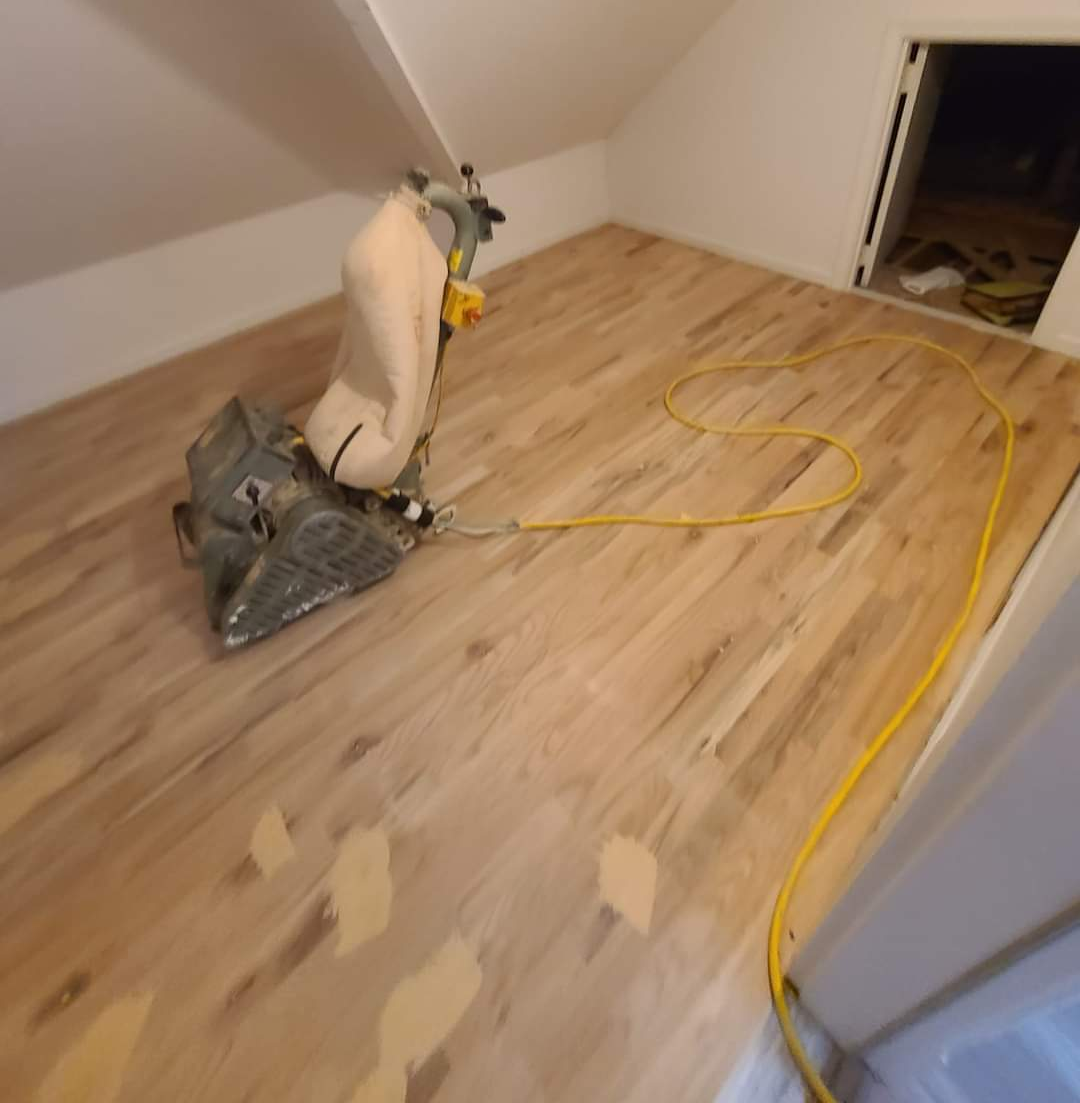
Acclimate The Flooring to Your Home
Once you have selected the perfect hardwood floors for your home, the next step is to acclimate the flooring to your home.
This is an important step in the installation process, as it helps to prevent the wood from shrinking or expanding once it is installed.
The ideal acclimation period is typically between 48 and 72 hours.
During this time, the hardwood should be allowed to adjust to the temperature and humidity of your home.
Prepare the Floor Installation Area
Before we can install hardwood floors, we need to prepare the subfloor.
This involves making sure that the floor is clean, level, and free of any nails or other sharp objects.
Once the subfloor is ready, we can begin removing the baseboards.
We start at one end of the room and work our way around until all of the baseboards have been removed.
With the baseboards out of the way, we can finally start installing your new hardwood floors.

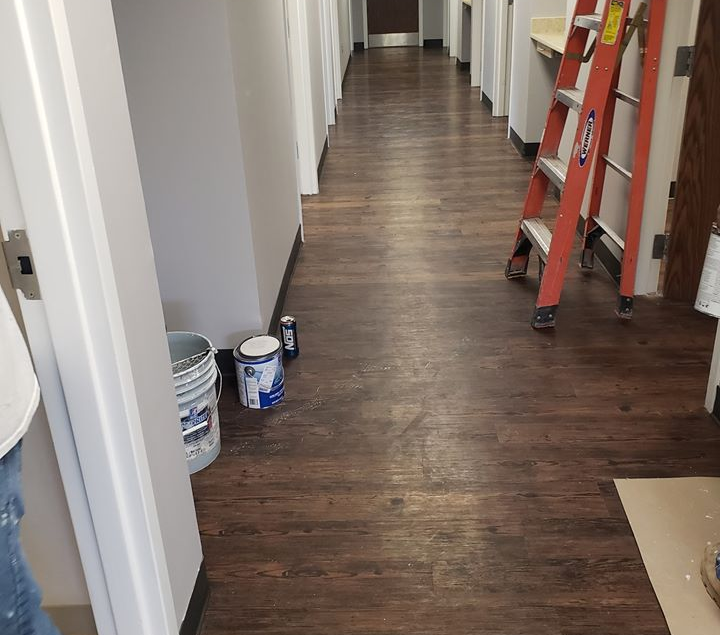
Layout the Flooring
The fourth step in hardwood flooring installation is to layout the flooring.
This is an important step, because it ensures that there are minimal cuts necessary and that the stagger of boards looks natural and appealing.
The way we layout the flooring is by starting in the middle of the room and working our way out.
This will allow us to make the most of the boards and avoid having too many short pieces.
Install the Underlayment
The fifth step in hardwood flooring installation is to install an underlayment.
This is a thin layer of material that is placed between the subfloor and the hardwood flooring.
Underlayments serve several important functions.
They help to dampen sound, insulate against heat loss, and protect the hardwood flooring from moisture.
When we're choosing an underlayment, it's important to select one that is compatible with the type of hardwood flooring being installed.
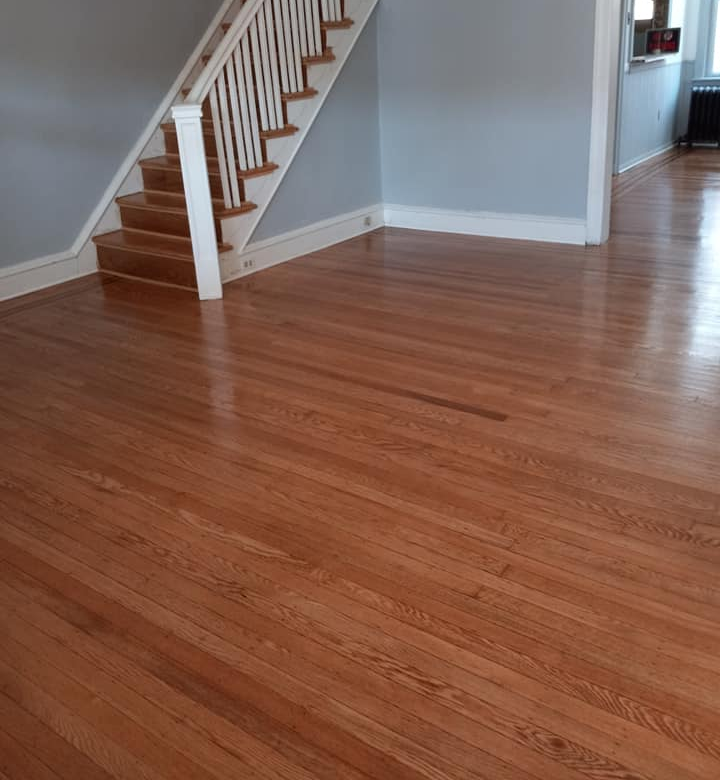
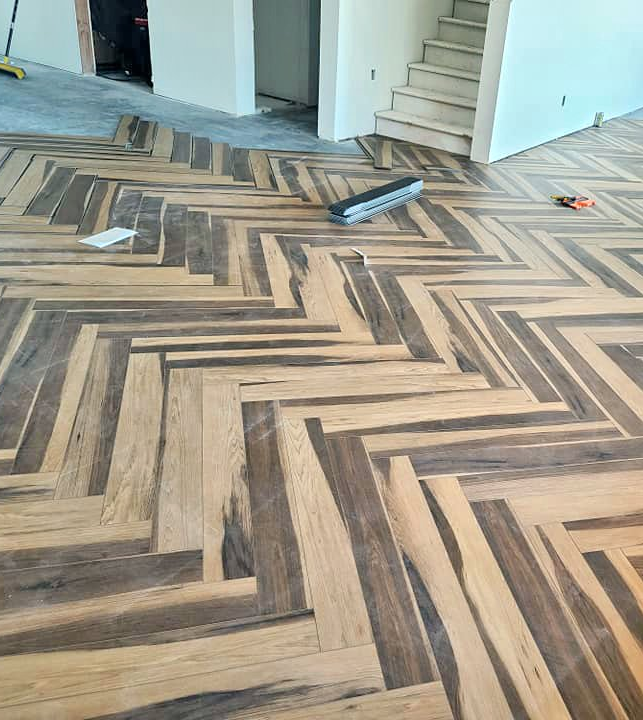
Install the Flooring
The sixth step in hardwood flooring installation is the installation of the flooring boards themselves. There are a few important things we keep in mind as hardwood floor installers.
First, the boards should be laid parallel to the longest wall in the room. This will help to create a sense of spaciousness, and make the room appear larger.
Second, the boards should be staggered so that they are not all aligned in a single row. This will help to reduce the risk of warping and provide additional stability for the floor.
Finally, the boards should be secured with nails or screws to ensure a secure fit. With a little patience and attention to detail, this final step will result in a beautiful and lasting hardwood floor.
Finishing Touches
The final step in hardwood flooring installation is to apply the finishing touches.
This includes baseboard, shoe molding, transitions, and threshold pieces.
Baseboard is installed first, followed by shoe molding.
Transitions and threshold pieces are then installed to finish the project.
Our flooring contractors will install a beautiful and professional looking hardwood floor.
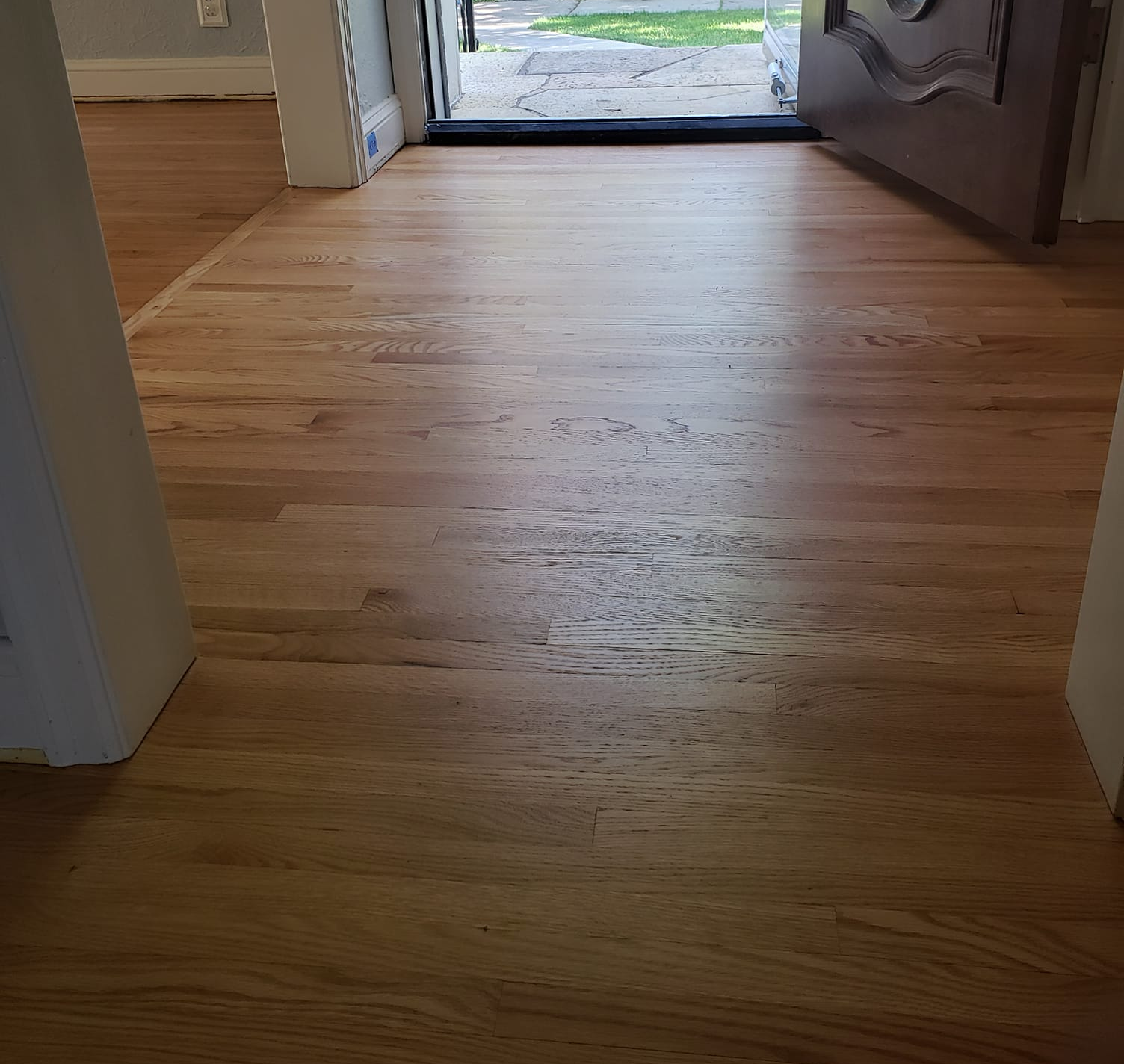
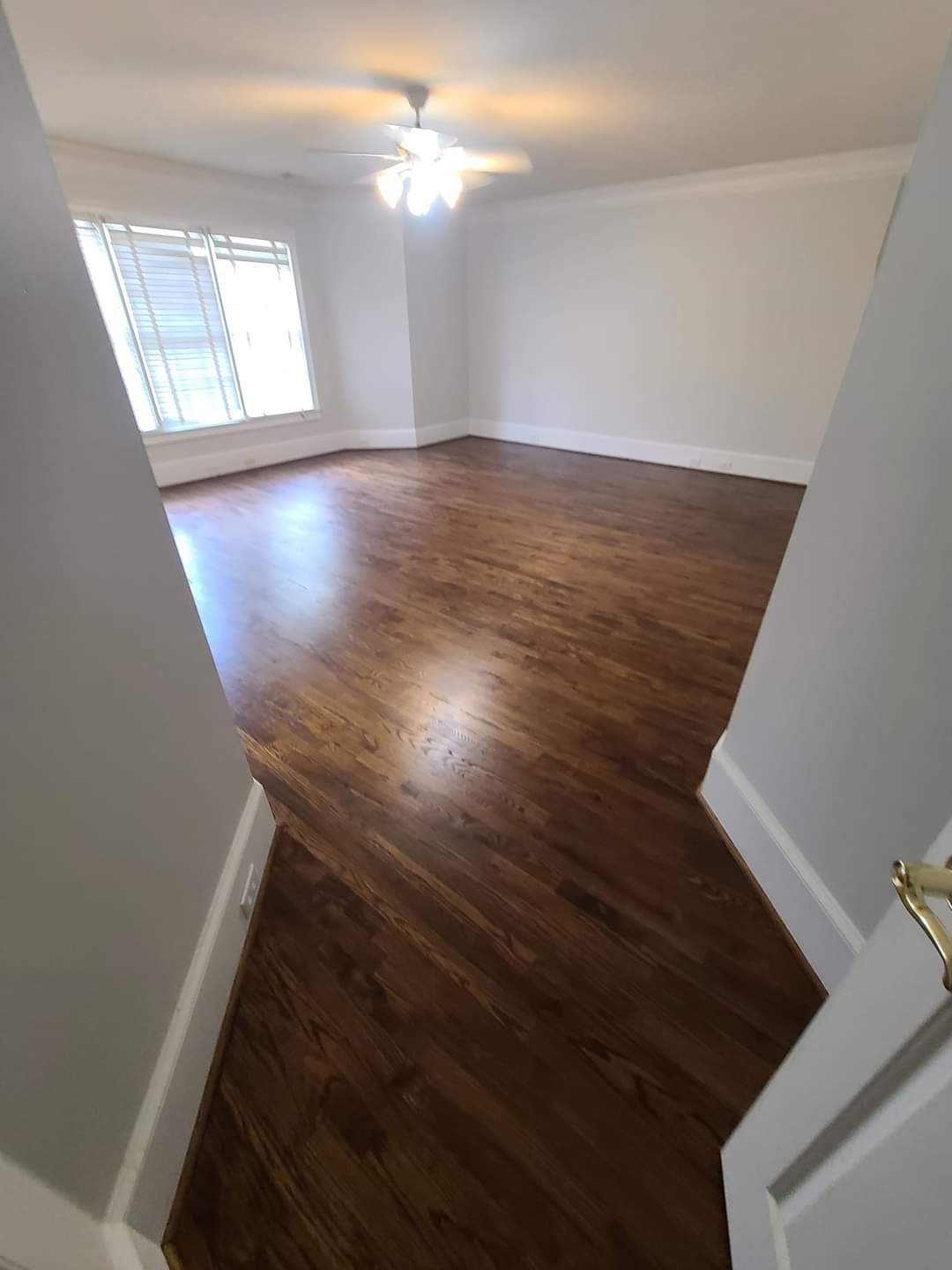
How to Maintain Wood Floors
Wood floors are a beautiful and classic addition to any home, but they require a bit of special care to keep them looking their best.
Here are a few tips for maintaining wood floors:
- Sweep or vacuum regularly to remove dirt and debris.
- Wipe up spills immediately.
- Use mats or area rugs at entryways to help prevent dirt and grit from being tracked in.
- Place furniture pads under heavy furniture to prevent scratches.
- Avoid walking on the floors with heels or other hard shoes.
By following these simple tips, you can keep your wood floors looking like new for years to come.
How Much Does Hardwood Floor Installation Cost?
Many factors affect the cost of hardwood floor installation. The type of wood, the size of the room, and the complexity of the job all play a role in the final price.
In general, hardwood floor installation costs vary depending on the following factors.
- Type of wood: Some woods are more expensive than others. For example, exotic woods like mahogany or bamboo may cost more than more common varieties like oak or maple.
- Size of room: The larger the room, the more materials and labor will be required, and the higher the final cost will be.
- Complexity of job: Simple jobs with straight walls and floors are relatively easy to install and will therefore cost less than jobs that are more complex, with angled walls or irregularly shaped rooms.
Additionally, installing hardwood floors over existing floors will generally be more expensive than starting from scratch.
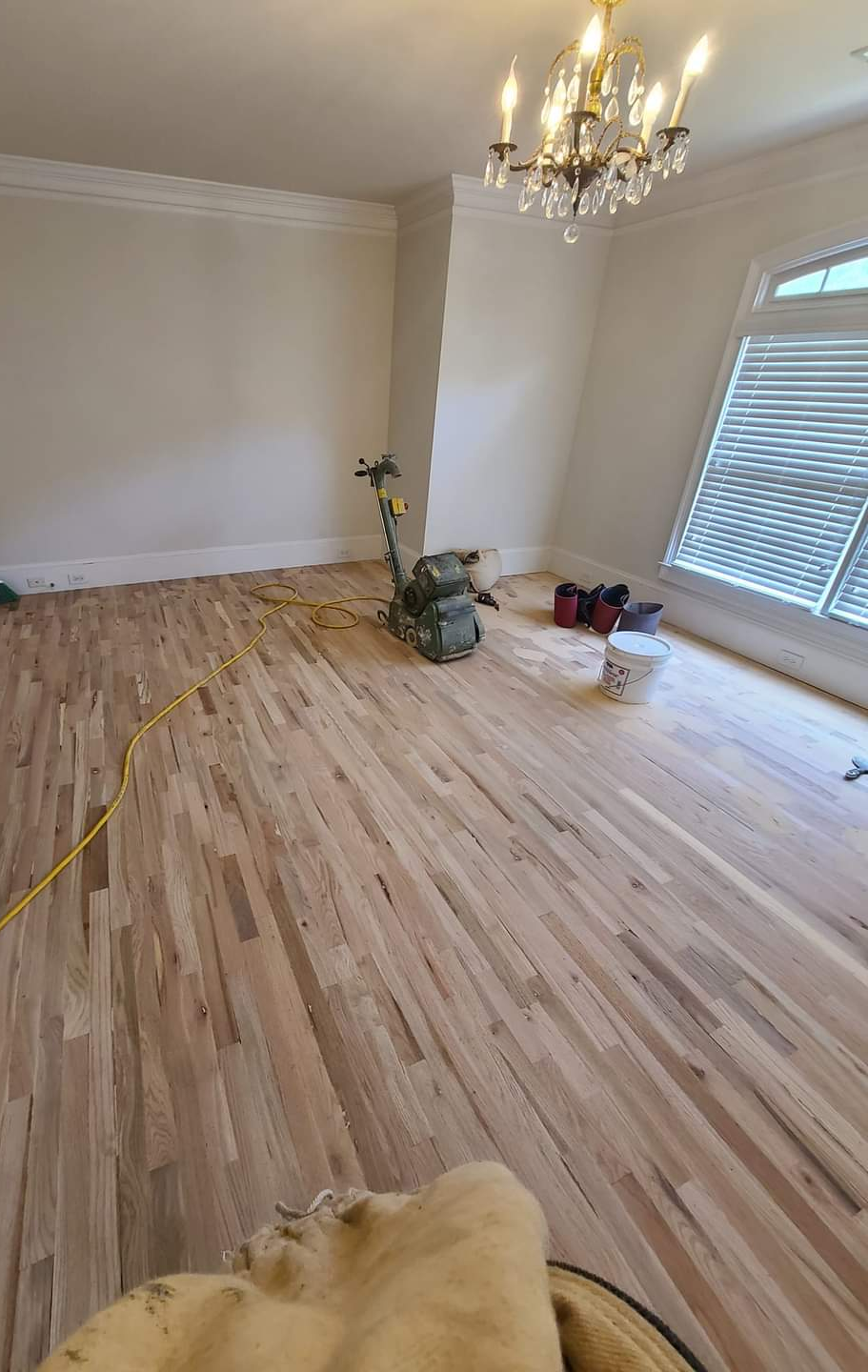
Hardwood Floor Installation FAQs
What is the difference between hardwood and engineered hardwood flooring?
Hardwood flooring is made from solid pieces of wood, while engineered hardwood is made from layers of wood veneer glued together.
Both types of flooring can be finished with a variety of stains and finishes, and both can be sanded and refinished several times over the years.
However, there are a few key differences between hardwood and engineered hardwood that you should keep in mind when making your decision.
Hardwood is more susceptible to changes in temperature and humidity, so it's not the best choice for rooms that get a lot of sunlight or have high ceilings.
Engineered hardwood, on the other hand, is more stable and can handle temperature and humidity fluctuations better.
It's also important to note that engineered hardwood can't be sanded as many times as hardwood, so it's not a good choice if you're planning on refinishing your floors frequently.
How thick is hardwood flooring?
One common question that potential buyers have is how thick the flooring should be.
The thickness of hardwood flooring varies depending on the type of wood and the manufacturer, but the average thickness is between 3/8 and 3/4 inch.
Thicker boards are generally more durable and less likely to warp, but they can also be more difficult to install.
If you are planning to install hardwood floors yourself, it is best to choose a thinner board that will be easier to work with.
However, if you're hiring a professional installer, they will be able to handle boards of any thickness.
How long do hardwood floors last?
If you're considering hardwood floors for your home, you might be wondering how long they will last.
The answer depends on a number of factors, including the type of wood, the quality of the installation, and how well the floors are maintained.
In general, however, hardwood floors can last for decades with proper care.
Solid hardwood floors are particularly durable, as they can be sanded and refinished multiple times over their lifespan.
Even if your hardwood floors do start to show signs of wear, there are a number of refinishing options that can give them a new lease on life.
With proper care and maintenance, hardwood floors can provide beauty and value to your home for many years to come.
How long does it take to install a hardwood floor?
This depends on a number of factors, including the size of the room and the type of wood being used.
Generally speaking, it will take two or three days to install a hardwood floor in a standard-sized room.
The first day will be devoted to preparing the room, which includes removing any existing flooring and making sure the subfloor is level.
The second day will be devoted to laying down the actual floorboards.
And on the third day, the floor will be sanded, stained, and sealed. Of course, larger rooms or rooms with complex layouts may take longer to complete.
But in most cases, homeowners can expect their new hardwood floors to be ready for use within just a few days.
What type of hardwood is best for my home?
When choosing hardwood for your home, it is important to consider the overall hardness of the wood.
For example, oak is a popular choice for floors because it is very hard and resistant to wear and tear.
However, harder woods such as maple or hickory may be a better choice if you have pets or small children, as they are less likely to dent or scratch the floor.
In addition, you should also consider the grain pattern of the wood.
Some woods, such as cherry or walnut, have a more pronounced grain that can add visual interest to your floors.
Others, such as maple or oak, have a more subtle grain that can provide a classic look.
Ultimately, the best type of hardwood for your home depends on your personal style and needs.
What is the recommended underlayment for hardwood flooring?
When choosing an underlayment, it is important to consider the thickness, density, and sound-dampening properties.
Many installation professionals recommend an underlayment with a thickness of at least 3/8 inch and a density of 7 pounds per cubic foot.
For rooms with high traffic or where noise reduction is a priority, a thicker or more dense underlayment may be necessary.
Reach Out For a Free Quote
Send us a message using the form below, and we’ll get back to you as soon as we can.
We will get back to you as soon as possible
Please try again later
Copyright © 2015-2022 JD Flooring Installers | All rights reserved
Contractor Website by Curated Leads
